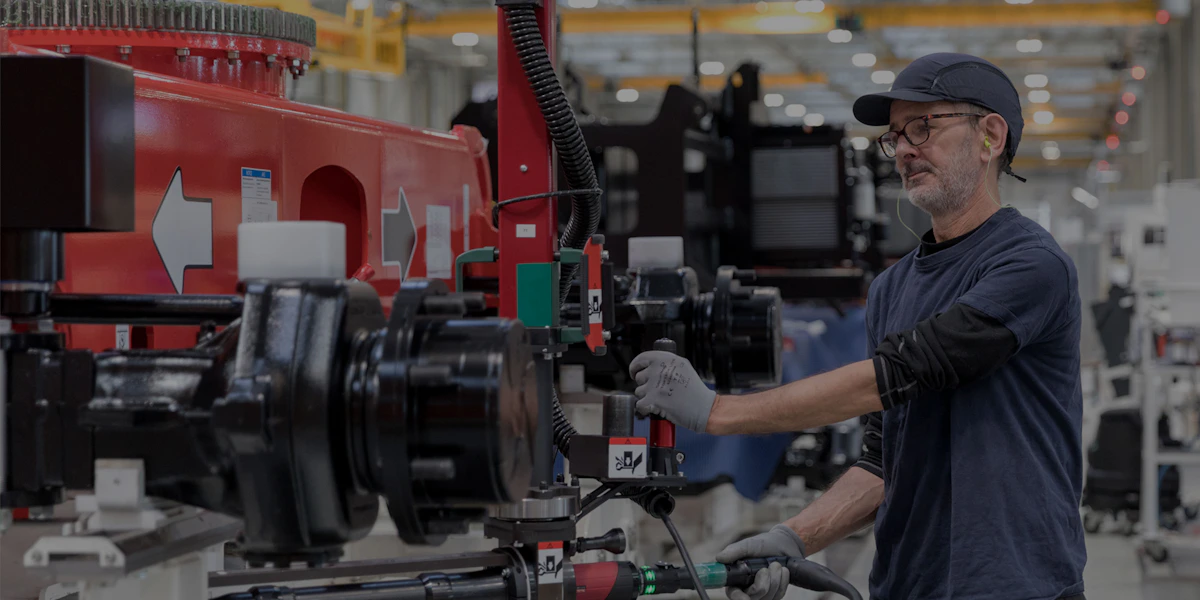

Explore our assembly solutions to ensure safe connections and to protect workers from high voltage

Discover new drilling and fastening assembly solutions to transform your aerospace journey

Explore our range of smart tools and solutions to answer specific industry challenges

Discover our innovative, unique, high quality and cost effective products tailored for the general industry sector

Expertise, flexibility, speed: discover Desoutter’s intelligent solutions for next-gen data centers

My Digital Twin

Over 100 Years of Innovation
Established in 1914, Desoutter has since grown to become a world leader in electric assembly solutions. For over a century, this remarkable journey has been fueled by continuous innovation. Today, Desoutter stands as a globally recognized name, not only for their pioneering work in pneumatic screwdrivers and drills, but also for their cutting-edge tightening systems, drilling solutions, and assembly software.
Products & Solutions
Quality Is In Our DNA
Connect
Connect
EABS / EIBS - Wireless Transducerized Battery Tool
EABS / EIBS - Wireless Transducerized Battery Tool
EAB Transducerized Battery Tool
EAB Transducerized Battery Tool
Q-Shield C digital wrench
Q-Shield C digital wrench
Manual Battery Solutions
Manual Battery Solutions
CVI3
CVI3




